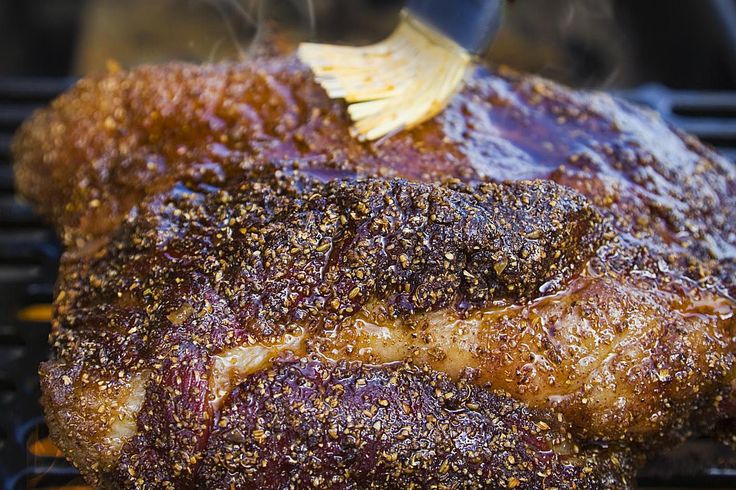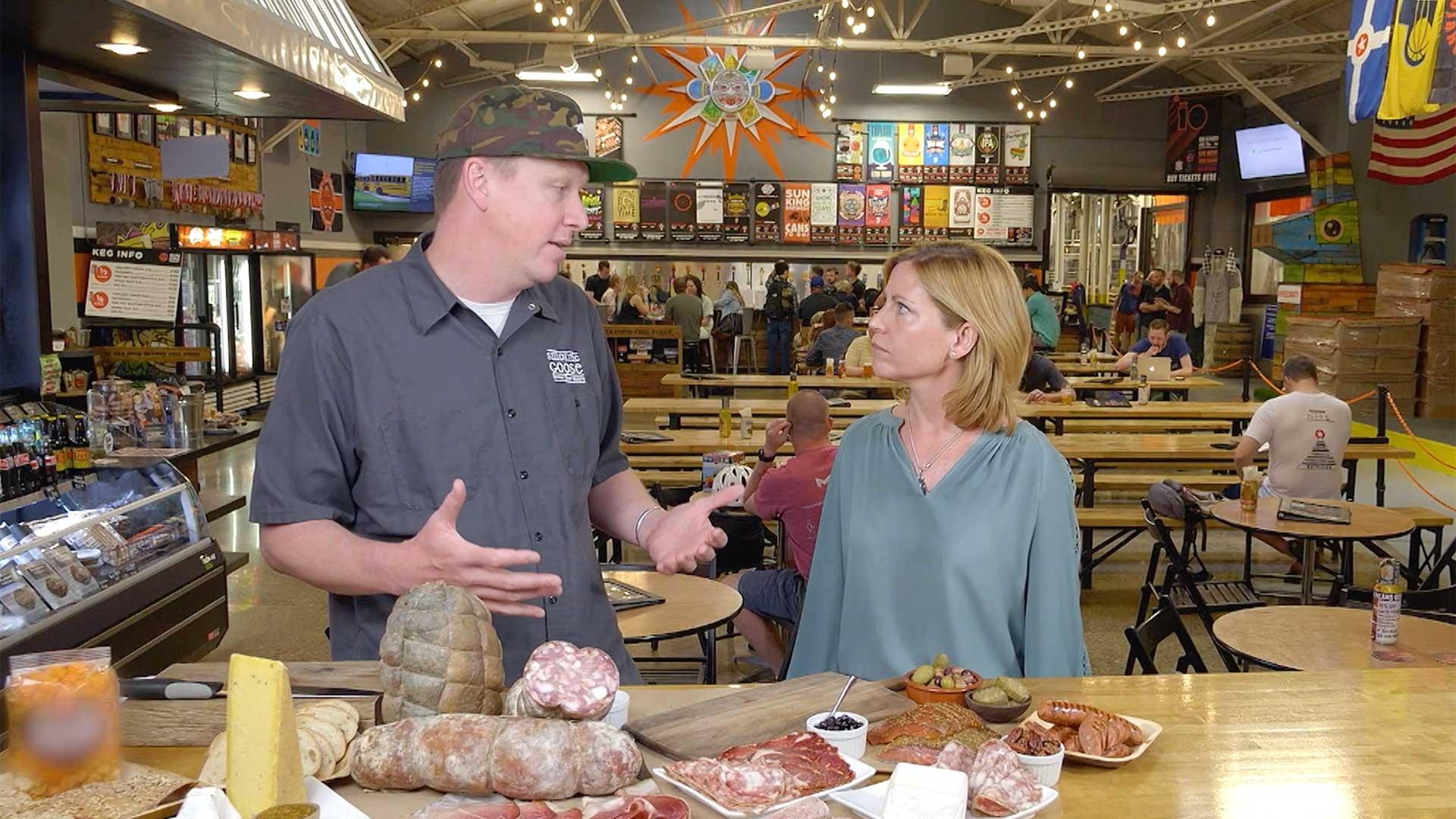
Grill flames can pose a danger to your food, particularly if they come from oil or fat that has dripped from your food. This fire can ignite before your food is placed on the grill. It can also occur after it has been flipped. The first step to controlling the grill flames is gauging their severity. You may not notice any flames, and they will usually be very small. You can cover the aluminum foil with aluminum foil to prevent flare-ups. After that, sprinkle baking soda or sand on the area. To stop any oxygen from reaching the food, close the vents and cover the area. You can wait for 30 seconds if you are still concerned before trying to turn the fire on.
The best way to avoid grill flames is to cover the grill, and then wait. This is because the fire must have oxygen in order for it to survive. Thus, cutting off oxygen can cause it to burn. Keep an eye on flare-ups and cover the grill. Once the fire is out, return to your normal tasks. Cooking can be resumed once the grill flames have gone. You could burn your food if you don't take care.

It is best to keep your food safe from flare-ups. To put out any flames, you can spray the bottom of your grill with water. If you're grilling over charcoal, you can spray the side of the grill with water directly under the food if the flames are small. However, you can call 911 if the flareup is serious enough to damage the supply line.
Oil dripping or excess fat is the leading cause of grill flames. Extra fat and oil should be removed before you start cooking. For flare-ups to be avoided, you need to position your grill in a way that is out of the wind. Using a grill shield can help protect your food and prevent them from leaking. To keep flames in check, a shielding lid is necessary.
To avoid flare-ups, keep the grill clean. Flare-ups can result from a dirty grill. While the heat produced from drippings is important, you can also avoid them by trimming excess fat from your meat. It is best to always remove any excess fat before you begin cooking. To prevent the problem of excess fat in the meat, you should not remove it all.

A grill cover is the first step in preventing flare-ups. You can stop the flames from burning by covering your grill with a grill cover. Moreover, if you're grilling over gas, it will automatically shut off without causing any damage to the meat. This will help prevent the fire from spreading and will prevent the grill from catching fire. You'll avoid any flare-ups.
FAQ
How to be a Chef
There are many paths to becoming a chef. To start, you can take a course at your local community college. You can then look into going to culinary school. The last option is to apply for a job as a paid intern.
Which is the best method to store leftovers?
Leftovers are usually stored in Tupperware containers. These containers preserve food freshness and stop odors from developing. They also keep foods warm for longer. Remaining food can be frozen in freezer bag. You can freeze leftover food by placing it in another freezer bag. This will prevent any air from escaping. Once the food has been frozen, transfer it into an airtight container such as a zip lock bag.
How do you choose the right career path to become a chef? How can I start my career as a chef?
You should start as an apprentice if you are interested in becoming chef. Apprenticeships offer the chance to work for several year without any tuition fees. You can apply to become a sous-chef after you have completed your apprenticeship. Sous chefs oversee cooks and help them make salads and desserts. They also oversee the entire operation of the restaurant.
How long does it take for you to learn to cook? How much time do I need?
It depends on what kind of skill level you are trying to achieve. Some people learn basic cooking techniques in just a few days. Others might take months or years before they feel confident enough to teach themselves how to cook.
The amount of time needed to learn to cook varies considerably based on the person. For example, someone who has never cooked before would probably need more time than someone who cooks regularly. Certain types of cooking require more skill than others. Baking, for example, requires more experience than frying.
If you want to learn how quickly you can cook, you should focus on learning a specific technique. You can then move on to the next technique once you have mastered it. Don't worry too much about the exact number of days or weeks it takes to learn to cook. Keep practicing and enjoying the process.
How can I motivate myself to cook?
When you cook with your family and friends, cooking is enjoyable. It is easier to cook for yourself than for others. If you want to be motivated to cook, try making something new. This will help you learn about new techniques and ingredients. It's also possible to use recipes from other cultures in order to broaden your culinary knowledge.
How Long Does it Take to Become a Chef? What Is the Average Career Path?
Becoming a chef takes approximately five years. This time you'll learn the basics of cooking and work as a cook assistant. You can apply for line, sous or executive chef positions after you complete your training. The annual average salary of a chef is $25,000-$60,000.
How Much Does It Cost to Study Culinary Arts?
Prices for studying culinary arts vary widely. For example, a four-year degree typically costs around $40,000. A two-year associate degree, on the other hand may cost less than $5,000. Tuition costs vary depending on which program you choose. Private institutions charge higher prices than public ones.
Statistics
- The median pay for a chef or head cook is $53,380 per year or $25.66/hour, according to the U.S. Bureau of Labor Statistics (BLS). (learnhowtobecome.org)
- You'll be amazed that over 90% of CIA students receive scholarships and grants to finish their culinary studies. (ischoolconnect.com)
- According to the BLS, chefs earn $58,740 a year. (learnhowtobecome.org)
External Links
How To
How to make a perfect eggroll
Omelets is one of my favourite breakfast foods. How do you make them perfect? I have tried many different recipes and methods, but none of them work. So I am sharing some tips and tricks today to help you make fluffy, delicious omelets every morning.
It is important to know that eggs can be temperamental when making omelets. You must get them fresh, organically, and keep them cold until you cook. You must keep them cool enough to allow the whites to form properly and the yolks to become too runny if they're not kept at the right temperature. This causes your omelets to look oddly colored. If you plan to cook the eggs right away, it is best to use room temperature eggs.
Another tip is to separate your egg before adding it into the pan. The yolk and white should not be mixed together as this can cause the omelet's curdle.
The bottom part of an egg that is added directly to the stovetop might be burned, which could cause a ruined texture in your omelet. Instead, put the egg in the microwave for 10 seconds before putting it into the pan. The microwave heat cooks the eggs just right without overcooking them.
Next, let's discuss mixing the eggs. Mix eggs well together. You need to turn the bowl of the mixer upside down. Now shake the bowl vigorously. By doing this, the egg is thoroughly mixed with the air in the bowl.
Now it's time to have fun: pour the milk into the mixture. Mix half of the milk with the eggs. Then fold the eggs in half into the remaining milk. Do not be alarmed if there are still egg streaks visible. Once the omelet flips, these streaks will disappear.
After folding the eggs, place the pan on medium heat and wait for the oil to start sizzling. Once the oil starts getting hot, add 1/4 cup of butter to the pan and swirl it around to coat the entire surface of the pan. Now carefully crack open the lid of the pan and sprinkle salt into the pan. An additional pinch of salt will prevent the omelet form sticking to your pan.
Once the omelet forms, cover the pan again. Let the top side set completely. Flip the omelet upside down or with a spatula. Cook the second side for a minute or so. Take the omelet out of the pan and immediately serve.
This recipe works best when you use whole milk.